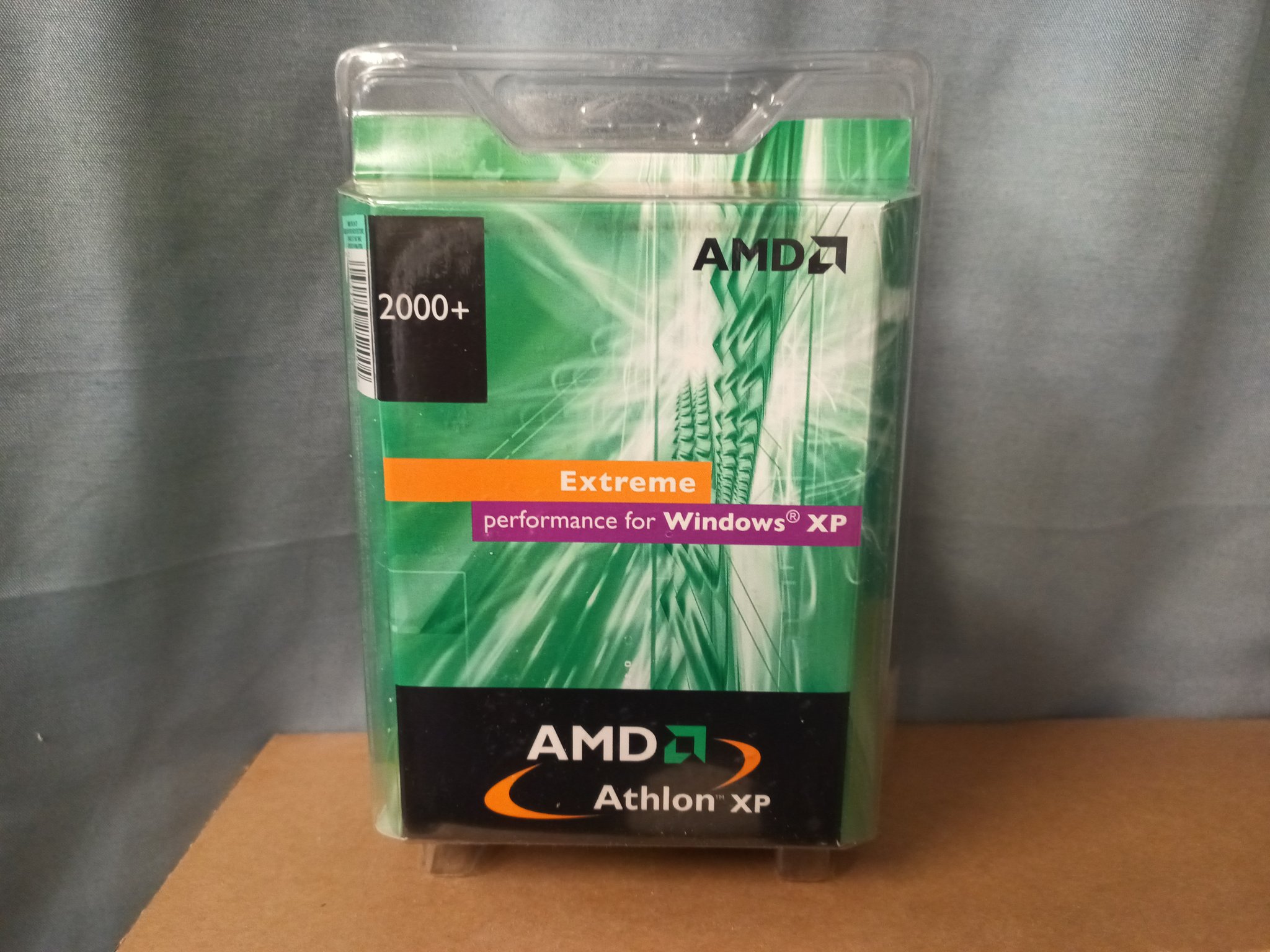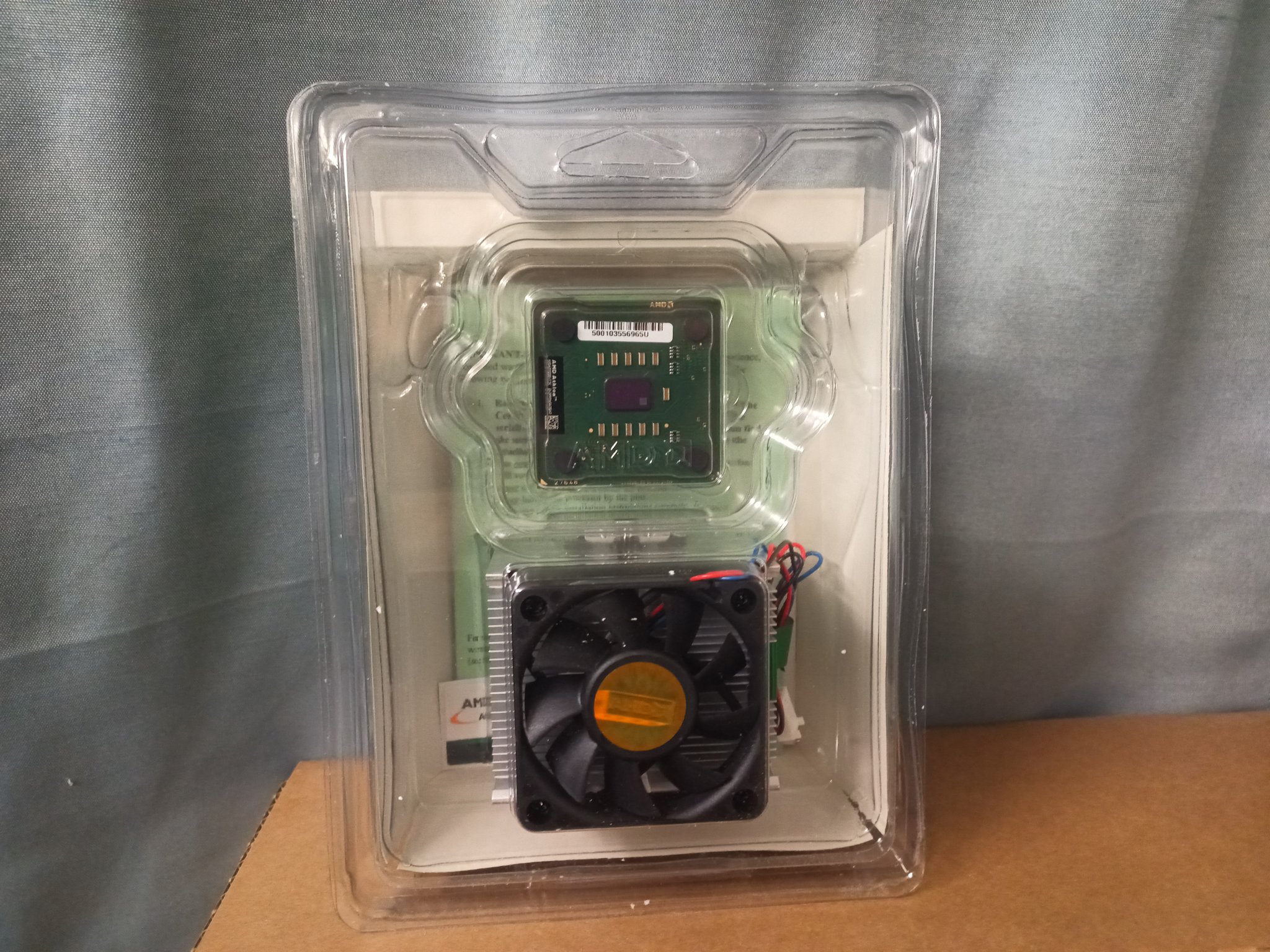Back in 2002, when CPU process nodes were measured in Microns, and processors used a 32-bit word size, AMD launched the Athlon XP 2000+ in an attempt to take down Intel’s Northwood-based Pentium 4 chips. Today, almost 22 years later, we’ve come across a packaged, sealed, and untouched Athlon XP 2000+ byBits And Chipsover at X; truly a relic of a bygone era.
The AMD Athlon XP 2000+ was fabricated using a 0.13-micron process node equivalent to 130nm. It offered a slow base clock of 133 MHz, but even that’s over 33% faster than the Pentium 4 2.2 (Northwood). The CPU featured just a single core and a single thread, which wasn’t uncommon back then.

While the Pentium was almost 2x larger in terms of die size, the Athlon’s overly bulky package size shadowed the Pentium since AMD’s at-the-time incumbent Socket 462 had a muchlarger footprintthan Intel’s Socket 478. Moreover, AMD fine wine wasn’t as robust as it is now because the XP 2000+ lacked SSE2 support, which would later cripple compatibility.
The box shows how much we’ve improved in the packaging department over the past two decades. But alas, there’s a hint of simplicity and reassurance since you see the CPU up close, side by side with the stock cooler. Also, if you’re wondering, the XP suffix was intended to highlight support forMicrosoft’s Windows XP while referring to “Extended Performance.”

The Athlon XP 2000+ ran at a relatively high voltage of 1.65V and had a base TDP of 60W. Despite a lower wattage than the Pentium 4, the XP 2000+ was notorious for running significantly hotter. As for pricing, AMD launched the XP 2000+ at$339 or $588 when adjusted for inflation in 2024. The Pentium 4 2.2 costs 65% more at $562 or $976 now - comparable to an entry-level workstation/server CPU.
Many today would pay a pretty penny to get their hands on that XP 2000+. However, the user has established an “old hardware” museum at the school where they teach to stash away blasts from the past.

Get Tom’s Hardware’s best news and in-depth reviews, straight to your inbox.
Hassam Nasir is a die-hard hardware enthusiast with years of experience as a tech editor and writer, focusing on detailed CPU comparisons and general hardware news. When he’s not working, you’ll find him bending tubes for his ever-evolving custom water-loop gaming rig or benchmarking the latest CPUs and GPUs just for fun.